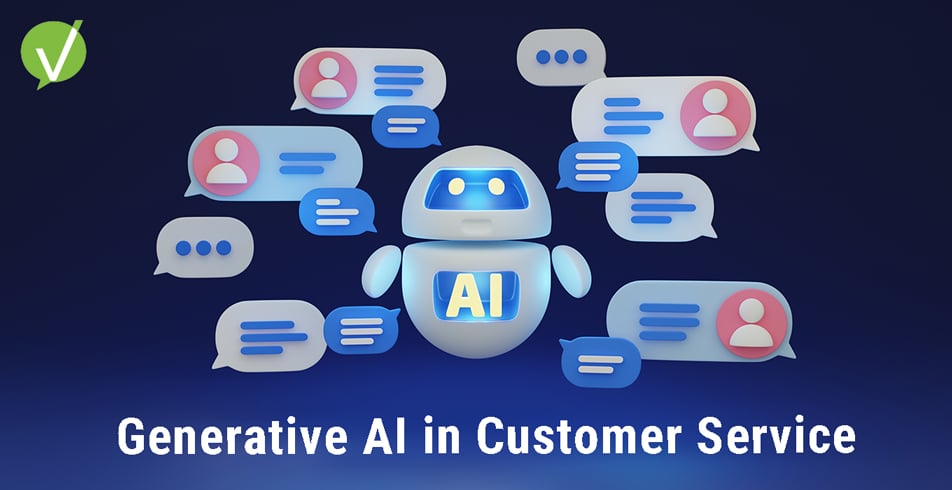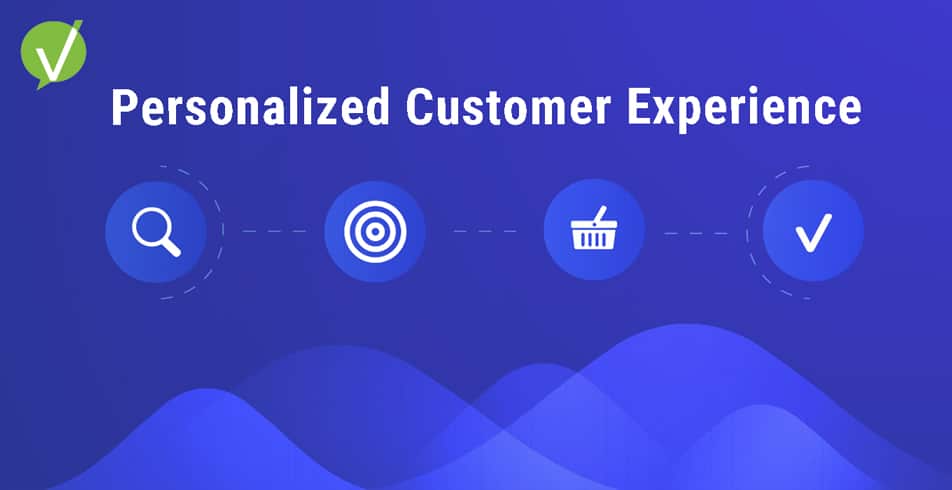Meeting Customer Expectations and Mapping Customer Journeys
Introduction
We have arrived at the halfway point in our ten-part series covering The Complete Guide to Customer Service Transformation. We’ve talked about engaging leadership and sparking teams, and now, let’s examine how to meet and exceed your customers’ expectations while optimizing their journey with your business.
Setting the Bar High
Remember, your B2B customer is also a consumer. They are accustomed to excellent customer service from giants like Amazon, FedEx, and Mercedes. This sets the bar high for what they expect from you. To achieve this, speed of response and seamless interaction across preferred channels becomes a necessity.
“The customer journey is a pivotal piece to any business—but it’s a piece that businesses often overlook. Having a well-designed customer journey is a core element of success that creates retention and referrals. When a brand focuses on providing an exceptional customer experience, they have the potential to see higher revenue rates and increased brand exposure.”
– Ashley Deland, Forbes Councils Member, Business Consultant, Owner of Maison De Land
Customer Satisfaction: An All Hands-on-Deck Approach
Good customer service is everyone’s responsibility, not just the customer service department. It’s a shared mission that requires resources, tracking metrics, and accountability from all stakeholders. A company-wide approach to customer satisfaction ensures optimized service management. The beauty of it all is that the rewards from such an endeavor are likewise reaped universally.
One notable benefit is an improved sales process, often influenced by having a satisfied customer base. This, in turn, can lead to shorter sales cycles, increased performance, and new business opportunities, thanks to satisfied customers acting as a touchpoint for initial engagements.
Mapping the Customer Journey

Understanding the concepts and principles behind the customer journey is key to reimagining your practices. By mapping the journey, you can streamline processes, break down silos, and increase transparency across the value chain.
A noteworthy statistic: increasing customer retention by just 5% can increase profits from 5% to 95%, depending on the industry. Clearly, it’s worth the effort to understand and optimize your customer journey.

Connect CX Activities to Business Outcomes
As you start to formally link CX activities to business outcomes, you’ll see KPIs like customer retention, subscription renewal, and sales significantly impacted. It’s all about aligning the activities of sales and customer service teams with outcomes and indicators.
Anticipating Customer Needs
Just like Steve Jobs envisioned what customers would want before they even knew it, you too need to anticipate your customers’ needs. Develop a vision of success from your best customers’ perspective and imagine the type of communications, information access, and responsiveness that will make you stand out.
Matching Customer Investments to Value
The value of a B2B customer can vary widely. It’s crucial to differentiate customer segments and provide tailored experiences that reflect each customer’s value and priority. This calls for a service platform that recognizes these differences, backed by policies and training that reflect prioritization.
Individualized Service Level Agreements (SLAs) are a common practice among many companies for their top-tier customers. Having the ability to prioritize service calls of potentially costly incidents on a customer-by-customer basis is essential.
In Summary
As we wrap up this fifth entry in our series, it is clear, that meeting and exceeding customer expectations in the B2B sphere is a multidimensional endeavor, calling for both a shift in perspective and proactive, concerted action. From recognizing the value of high-level customer service, to adopting a company-wide approach towards customer satisfaction, to mapping and optimizing customer journeys – it all adds up to a profound transformation. When we anticipate customer needs, align customer experiences to business outcomes, and tailor services to reflect each customer’s value, we’re not just doing business – we’re nurturing relationships.
The goal is not only to meet the standards set by consumer giants but to define our own unique approach, backed by empathy, insight, and relentless commitment to improvement. In our next post, we’ll review chapter six, exploring how smart software and systems can assist in delivering excellent service. Until then, may the insights from this post guide your efforts in crafting more meaningful, value-driven customer journeys.
Additional Resources:
Vivantio: Understand and Optimize the B2B Customer Journey Map
Harvard Business Review: Understanding Customer Experience








